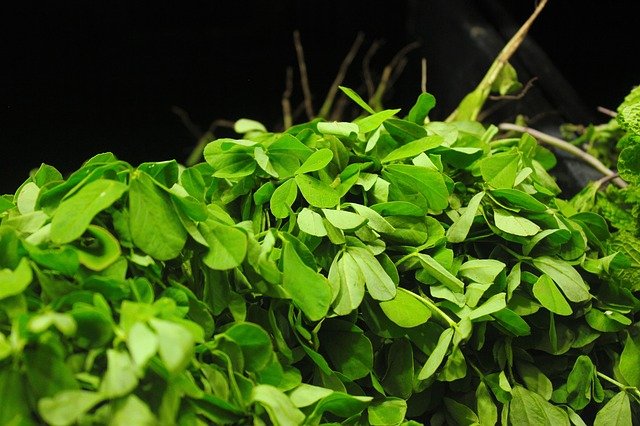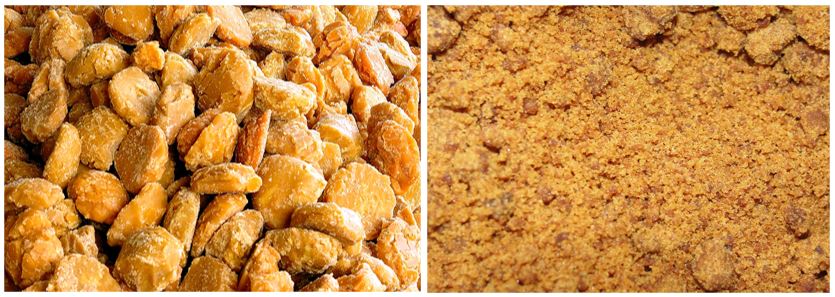
The ketogenic diet, also known as the keto diet, has gained considerable popularity in recent years due to its potential benefits for weight loss, blood sugar control, and improved cognitive function. The diet is characterized by its low-carbohydrate, high-fat approach, which aims to put the body in a state of ketosis, where it primarily burns fat for energy. However, the unique macronutrient requirements of the keto diet often lead to questions about the suitability of certain foods, including wheat germ.
Understanding the Keto Diet 🥑
Before delving into the specifics of wheat germ, let’s briefly revisit the fundamentals of the keto diet. The primary goal of the ketogenic diet is to shift the body’s metabolism from relying on carbohydrates for energy to utilizing fats as the primary fuel source. This is achieved by drastically reducing carbohydrate intake and increasing the consumption of healthy fats.
Typically, a keto diet involves consuming around 20-50 grams of carbohydrates per day, which is significantly lower than the standard Western diet. The majority of daily calories come from fats, accounting for approximately 70-75% of the total intake, while protein makes up around 20%, and carbohydrates comprise the remaining 5-10%.
A Closer Look at Wheat Germ 🌾
Wheat germ is the nutrient-rich innermost part of the wheat kernel. It is packed with essential nutrients, including vitamins, minerals, healthy fats, and fiber. Wheat germ is typically removed during the refining process of wheat to increase the shelf life of wheat products. However, it is often added back into certain foods or sold as a separate nutritional supplement due to its abundant nutritional benefits.
Wheat germ boasts an impressive array of nutrients, including vitamin E, folate, iron, zinc, and plant-based proteins. Additionally, it contains dietary fiber, which is essential for digestive health and can help promote feelings of fullness.
Wheat Germ’s Nutritional Profile 📊
Here’s a more detailed breakdown of the nutritional composition of wheat germ per 100 grams:
| Nutrient | Amount |
|---|---|
| Calories | 360 |
| Total Fat | 10g |
| Saturated Fat | 1.9g |
| Total Carbohydrates | 49g |
| Sugars | 15g |
| Dietary Fiber | 13g |
| Protein | 23g |
| Sodium | 12mg |
| Vitamin E | 2.33 mg |
| Folate | 282 µg |
| Iron | 6.31 mg |
| Zinc | 12.29 mg |
While wheat germ offers an abundance of essential nutrients, including fiber and protein, its high carbohydrate content is what makes it less compatible with the keto diet.
Why Wheat Germ Is Not Suitable for the Keto Diet 🚫
The keto diet relies on drastically reducing carbohydrate intake to promote ketosis, a metabolic state where the body burns fat for fuel. As such, foods high in carbohydrates, particularly those with a high glycemic index, are typically avoided or limited on the diet.
Despite its nutritional benefits, wheat germ is relatively high in carbohydrates, with a total carbohydrate content of 49 grams per 100 grams. This carbohydrate load can significantly impact ketosis and make it challenging to stay within the desired range of daily carbohydrate intake on a keto diet.
Keto-Friendly Alternatives to Wheat Germ 🔄
If you’re following a keto diet and looking for nutrient-rich alternatives to wheat germ, here are some options that align better with the diet’s principles:
- Flaxseeds: Flaxseeds are an excellent source of omega-3 fatty acids, fiber, and lignans. They offer a low net carb content and can be incorporated into various keto recipes.
- Chia Seeds: Chia seeds are rich in fiber, omega-3 fatty acids, and plant-based protein. They can be added to smoothies, used as a topping for salads or yogurt, or used in keto-friendly baked goods.
- Hemp Seeds: Hemp seeds are rich in healthy fats, fiber, and protein, making them a valuable addition to a keto diet. They can be sprinkled on salads, blended into smoothies, or used in keto-friendly granola recipes.
- Almonds: Almonds are a nutrient-dense nut that provides healthy fats, fiber, and a moderate amount of protein. They make a convenient and portable keto-friendly snack or can be used as a topping for salads or added to keto-friendly baked goods.
- Sunflower Seeds: Sunflower seeds are rich in vitamins, minerals, healthy fats, and fiber. They offer a lower carbohydrate content compared to wheat germ and can be enjoyed as a snack or used in keto-friendly recipes.
Conclusion 💡
While wheat germ is a nutrient-rich component of wheat, its relatively high carbohydrate content makes it incompatible with the keto diet’s strict carbohydrate restrictions. However, there are plenty of keto-friendly alternatives available that provide similar nutritional benefits without compromising ketosis. By opting for these alternatives, you can continue to enjoy a nutrient-dense diet while successfully adhering to the principles of the keto lifestyle.













